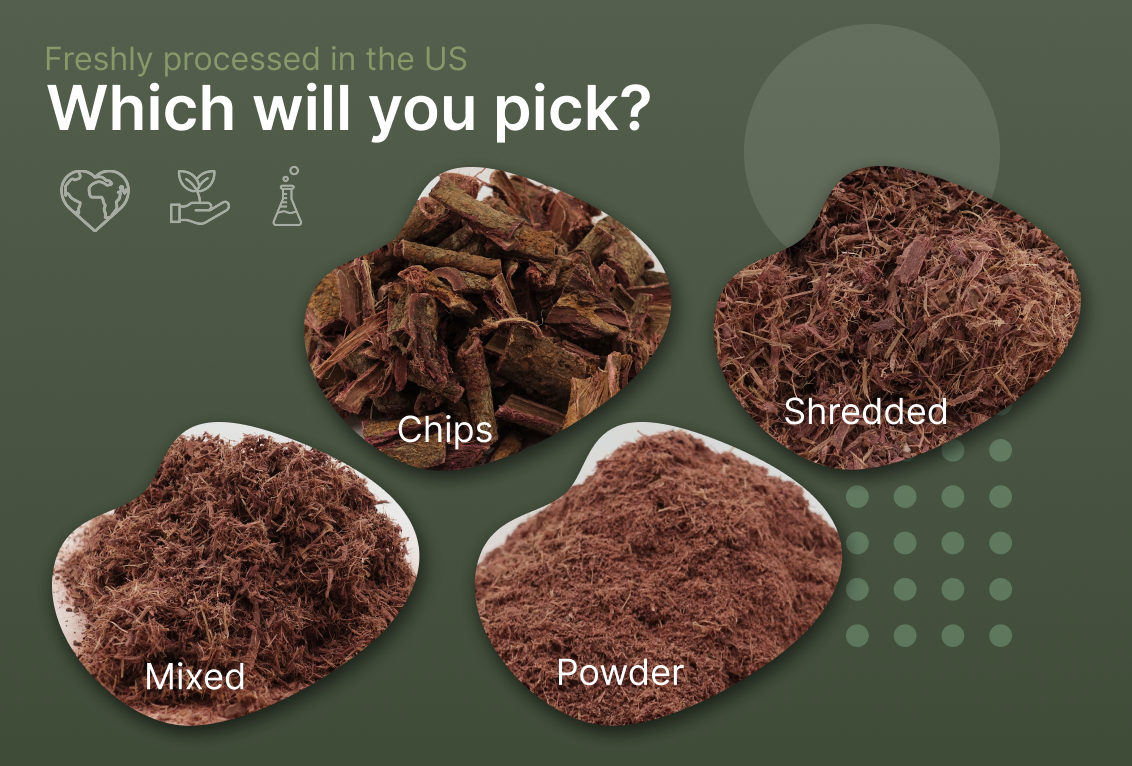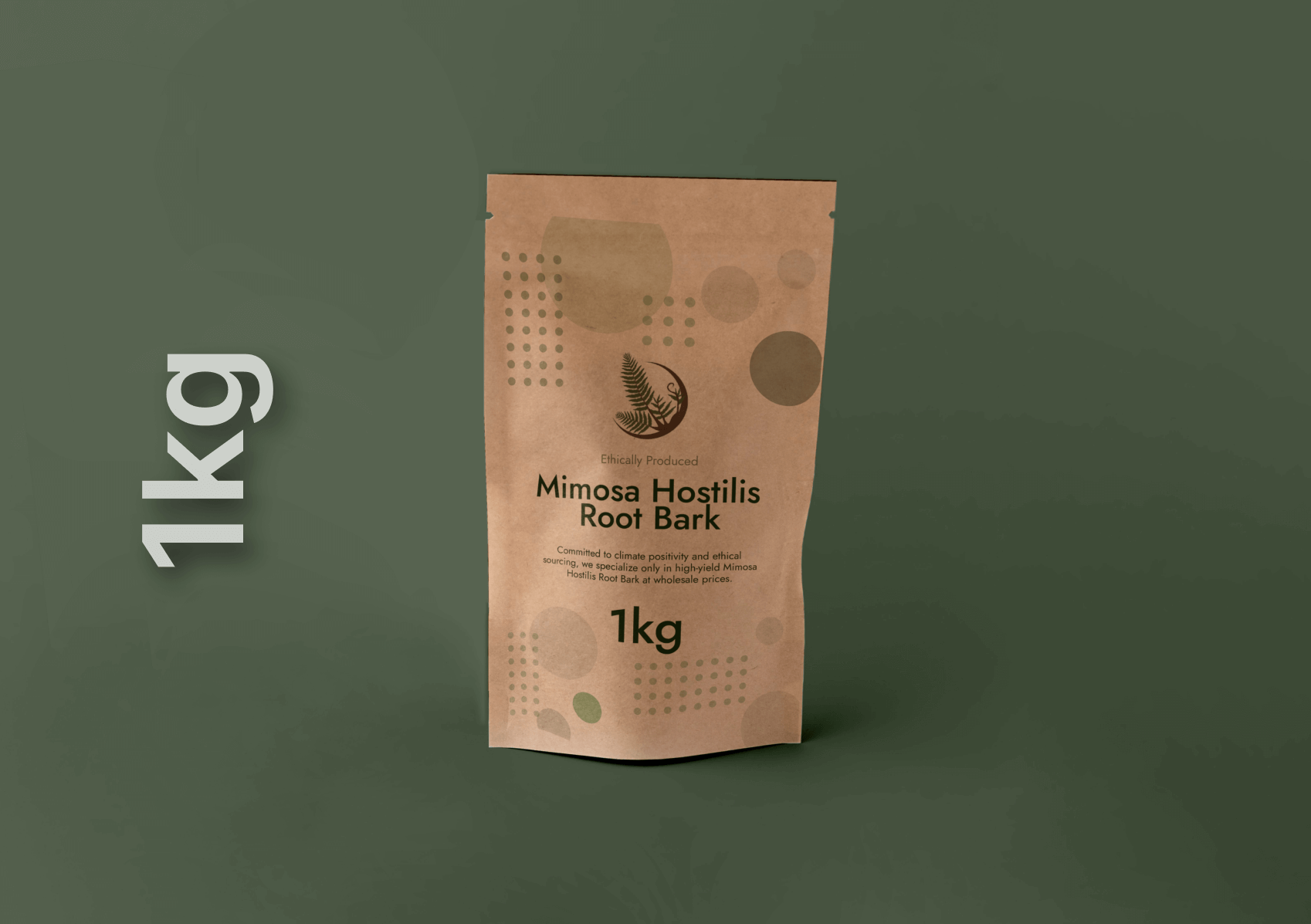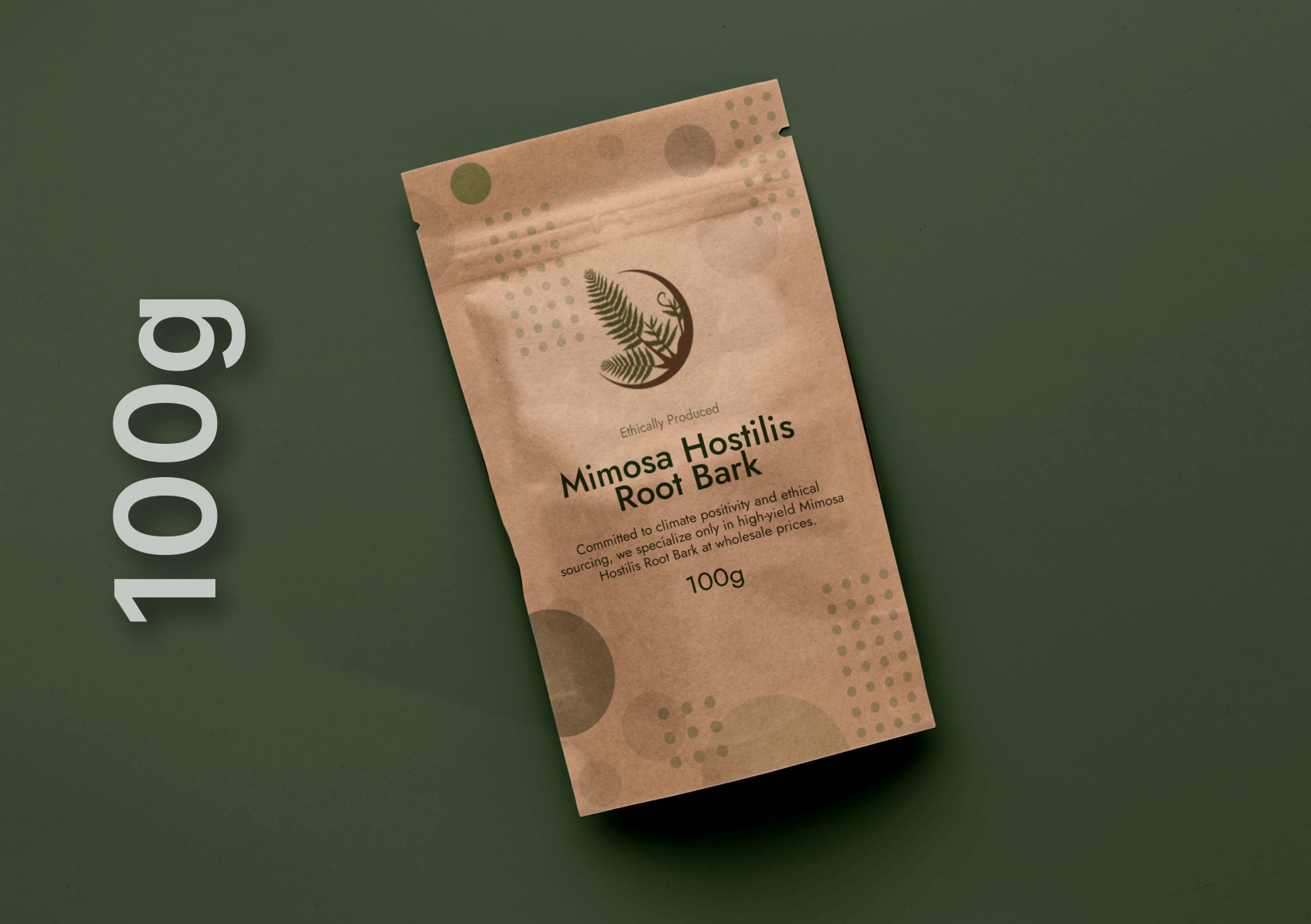The global demand for Mimosa Hostilis, also known as Jurema or Mimosa Tenuiflora, is rapidly expanding due to its numerous applications in natural dyes, skincare, and spiritual practices. As this plant’s market grows, it is crucial to ensure that best practices are championed, particularly in sourcing, harvesting, and trade. Mimosa Hostilis is deeply rooted in indigenous cultures of South America, and with its popularity comes the responsibility to respect its traditional uses and the communities that have utilized it for centuries. However, navigating the Mimosa trade can be challenging due to its complex legal landscape. This article explores the importance of maintaining best practices in the Mimosa market to preserve traditions, foster sustainability, and navigate the grey areas of legislation.
The Cultural and Spiritual Importance of Mimosa Hostilis
For indigenous communities in Brazil, Mexico, and other parts of South America, Mimosa Hostilis has long been used for its healing properties and spiritual significance. Known for its natural skin-regenerating abilities, the bark of Mimosa Hostilis has been a key ingredient in traditional medicine for treating wounds, burns, and other ailments. Beyond its medicinal uses, Mimosa Hostilis plays an essential role in spiritual ceremonies, where it is often used to connect with the spiritual realm.
These traditions are not just practices of the past; they are still very much alive today, particularly in communities that continue to use the plant for its holistic benefits. As Mimosa Hostilis enters the global marketplace, it is crucial to respect its cultural and spiritual significance and ensure that its use is not divorced from the traditions that give it meaning.
The Legal Grey Area of Mimosa Hostilis Trade
While Mimosa Hostilis has many legitimate uses, it occupies a grey area in the legal landscape, especially in countries like the United States and certain parts of Europe. The plant contains naturally occurring Dimethyltryptamine (DMT), a psychoactive compound that is illegal in many jurisdictions. Despite this, Mimosa Hostilis root bark (MHRB) is often sold for other purposes, such as natural dyeing, skincare, and herbal medicine, which do not involve its psychoactive properties.
This complex legal status makes it difficult to navigate the Mimosa trade market. Many suppliers and businesses operate under ambiguous regulations, which vary by country. To avoid legal complications and maintain the integrity of the trade, it is vital to champion best practices that ensure the plant’s traditional and ethical uses are respected.
Why Best Practices Matter in the Mimosa Hostilis Trade
1. Preserving Indigenous Knowledge and Traditions
Indigenous communities have used Mimosa Hostilis for centuries, passing down knowledge about its uses from generation to generation. The plant is an integral part of their cultural and spiritual identity. By adhering to best practices, businesses in the Mimosa trade can help protect this valuable knowledge, ensuring that the plant’s uses remain connected to the traditions from which they originate.
Respecting these traditions means involving indigenous communities in the sourcing and harvesting process. Engaging with local harvesters not only ensures ethical sourcing but also helps sustain the cultural practices surrounding the plant. This approach ensures that the Mimosa Hostilis trade benefits the communities that have maintained these traditions and that their voices are heard in decisions about how the plant is used globally.
2. Sustainable Harvesting and Environmental Stewardship
Mimosa Hostilis grows naturally in Brazil, Mexico, and other regions of South America, often in fragile ecosystems. Overharvesting due to increased demand could lead to environmental degradation, threatening the plant’s sustainability. Best practices in harvesting are essential for maintaining the ecological balance and preventing the depletion of this valuable resource.
Sustainable harvesting practices, such as selective harvesting and regenerative agriculture, ensure that Mimosa Hostilis can continue to grow and thrive. By leaving enough of the plant intact for future growth, harvesters can help protect the biodiversity of the regions where Mimosa Hostilis grows. Businesses that prioritize sustainability not only contribute to environmental preservation but also align with the values of today’s eco-conscious consumers.
3. Ensuring Ethical and Transparent Trade
The Mimosa Hostilis market often operates in legal grey areas, making transparency and ethical business practices more important than ever. Businesses must be upfront about the sourcing, harvesting, and sale of Mimosa Hostilis products to maintain trust and avoid legal complications.
This means verifying that suppliers are following sustainable harvesting practices and complying with local regulations. Businesses should also educate their customers on the plant’s traditional uses, cultural significance, and the importance of ethical sourcing. By maintaining transparency, companies can build trust with consumers who are increasingly seeking products that align with their values.
4. Navigating Legal Ambiguity Responsibly
Although Mimosa Hostilis is not illegal in many places, the presence of psychoactive compounds like DMT makes it a legally sensitive plant. To operate responsibly in this market, businesses must stay informed about the legal status of Mimosa Hostilis in the regions where they operate and sell products. Adhering to local and international regulations is crucial to avoiding legal pitfalls.
At the same time, promoting the plant for its legitimate uses—such as in natural dyeing and skincare—can help businesses steer clear of legal risks. When marketing Mimosa Hostilis products, companies should be clear about their intended uses, ensuring that they align with local laws.
The Path Forward for the Mimosa Hostilis Market
As Mimosa Hostilis continues to gain global recognition for its diverse applications, it is essential to champion best practices that honor its traditional uses and respect the plant’s cultural and spiritual significance. Sustainable harvesting, ethical sourcing, and transparency in trade are critical to ensuring that Mimosa Hostilis is used responsibly and remains available for future generations. While navigating the legal grey areas of the Mimosa trade market can be challenging, businesses that prioritize respect for traditions and environmental stewardship will lead the way in shaping a sustainable and ethical future for the Mimosa Hostilis industry.




